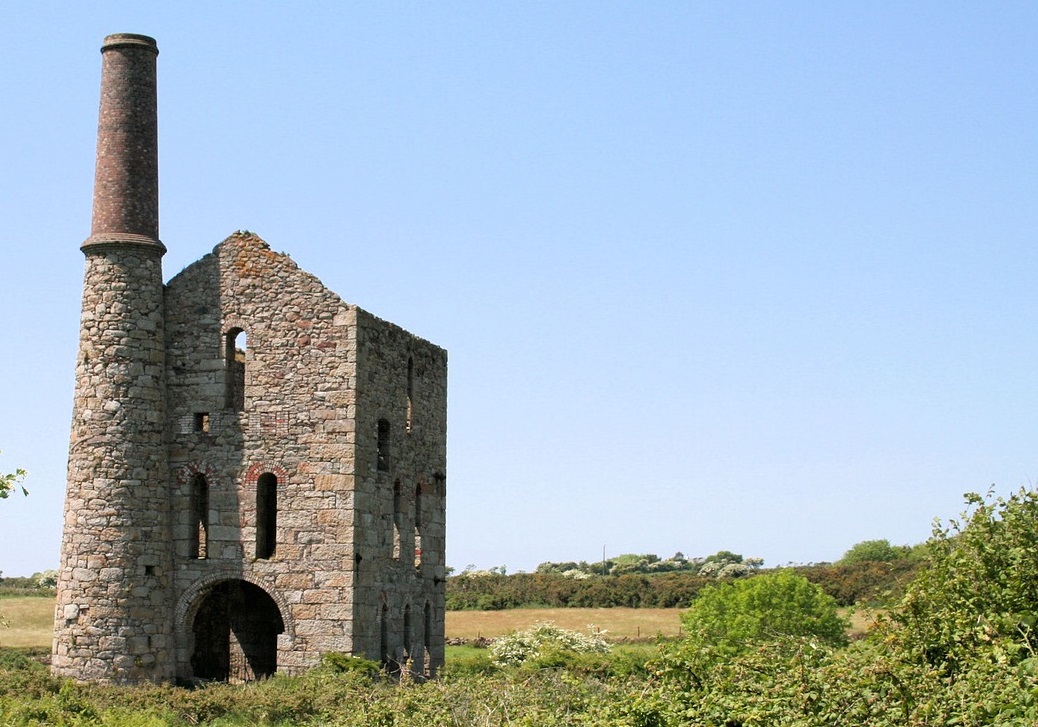
Apple is investigating claims that tin used in its products comes from mines on Bangka Island in Indonesia. This comes after environmental watchdog Friends of the Earth (FoE) pressured the tech giant to identify the source of the metal used for soldering components in iDevices. While the island region is one of the largest suppliers of tin in the world, mining conditions are far from ideal. Landslides consistently claim the lives of workers, and mining itself has had an adverse effect on the local environment. The group successfully pressured Samsung to admit its involvement with the area's tin supplies in April.
For its part, Apple commissioned a fact-finding visit to learn more and is helping to fund a new study on mining in the region so they "can better understand the situation." Or maybe they could save some time and money by reading the one conducted by The Guardian and FoE from last November. You know, the one that found that unregulated tin mining leans heavily on child labor, destroys the environment and causes on average 100 - 150 miner fatalities every year. Cupertino has already vowed to not use conflict minerals and appointed a former EPA administrator to focus on its environmental efforts, so it at least looks responsible. Now to see if it can back up its actions.
Filed under: Cellphones, Tablets, Apple
Comments
Via: The Verge
Source: Friends of the Earth, Apple Supplier Responsibility
 Extreme overclocking is hard. I had my first taste of this delicate hobby at last year's Computex, in which, with a lot of back and forth between pouring liquid nitrogen and torching, I managed to push Intel's 4.2GHz Core i7-7700K processor to...
Extreme overclocking is hard. I had my first taste of this delicate hobby at last year's Computex, in which, with a lot of back and forth between pouring liquid nitrogen and torching, I managed to push Intel's 4.2GHz Core i7-7700K processor to...
 Extreme overclocking is hard. I had my first taste of this delicate hobby at last year's Computex, in which, with a lot of back and forth between pouring liquid nitrogen and torching, I managed to push Intel's 4.2GHz Core i7-7700K processor to...
Extreme overclocking is hard. I had my first taste of this delicate hobby at last year's Computex, in which, with a lot of back and forth between pouring liquid nitrogen and torching, I managed to push Intel's 4.2GHz Core i7-7700K processor to...
 The last of Britain's tin mines were closed in the late 90s due to plummeting metal prices and languishing global demand. Now, with the advent of smartphones and electric vehicles, demand -- and prices -- are on the up, and these forgotten facilities...
The last of Britain's tin mines were closed in the late 90s due to plummeting metal prices and languishing global demand. Now, with the advent of smartphones and electric vehicles, demand -- and prices -- are on the up, and these forgotten facilities...










